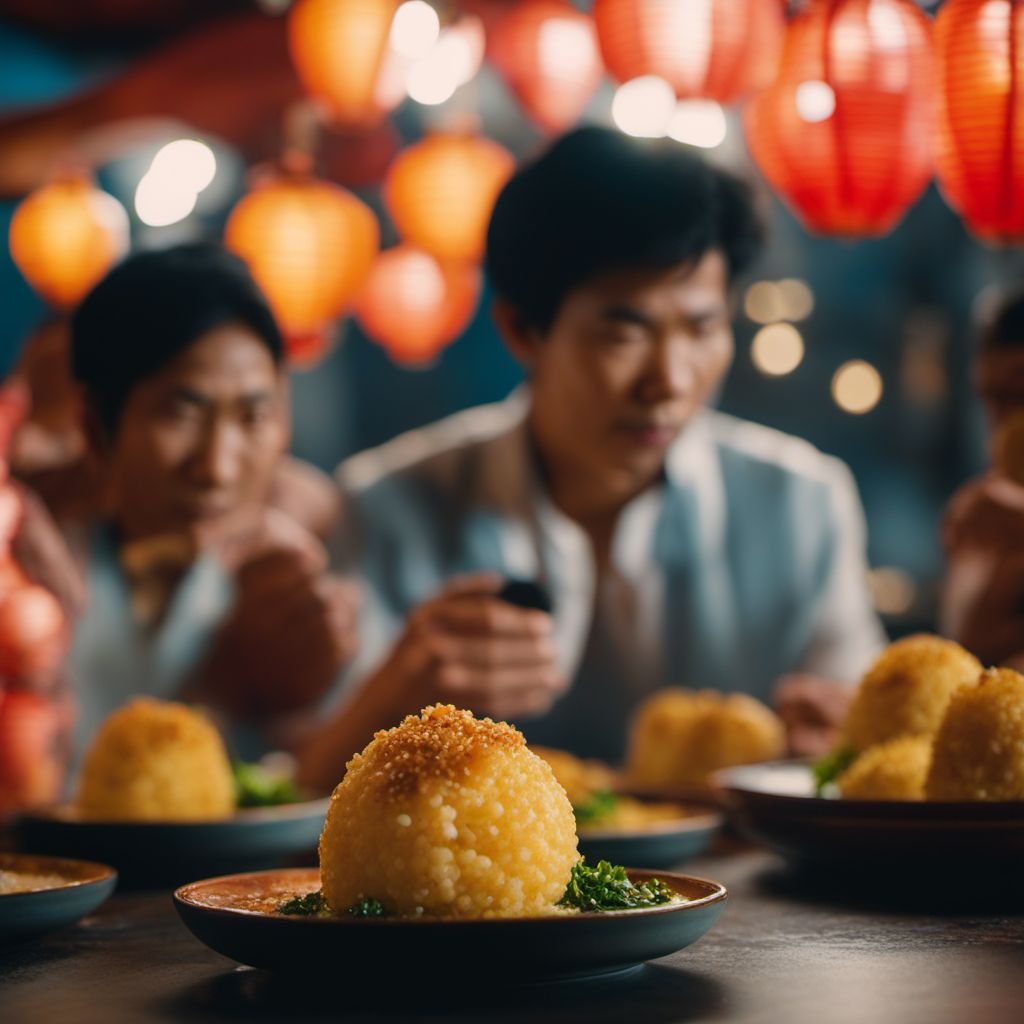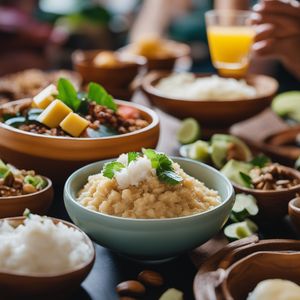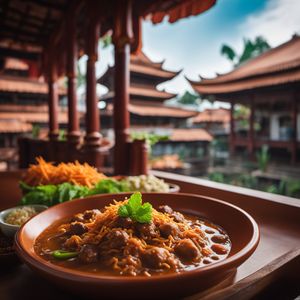
Dish
Butsi
The glutinous rice balls are typically filled with a mixture of mung bean paste, sugar, and coconut, or with ground pork and mushrooms. They are then steamed until cooked through. Butsi can be served as a snack or dessert.
Origins and history
Butsi has been a popular dish in the Philippines for centuries, and is still a popular street food today. It is often served during festivals and celebrations.
Dietary considerations
Butsi is high in calories and carbohydrates, so it should be consumed in moderation. It is not suitable for those with gluten allergies.
Variations
There are many variations of butsi, including those filled with sweet potato or taro instead of mung bean paste. Some recipes also call for the glutinous rice balls to be coated in sesame seeds before steaming.
Presentation and garnishing
Butsi can be garnished with a sprinkle of powdered sugar or sesame seeds. The glutinous rice balls can also be shaped into different shapes, such as stars or hearts.
Tips & Tricks
To ensure that the glutinous rice balls are soft and tender, it is important to steam them for the appropriate amount of time. The filling should be cooked until it is soft and tender, to prevent it from becoming dry or tough.
Side-dishes
Butsi is typically served as a standalone dish, but can be paired with a variety of dipping sauces, such as sweet chili sauce or soy sauce. It pairs well with Filipino iced coffee or green tea.
Drink pairings
Filipino iced coffee or green tea are great drink pairings for Butsi.
Delicious Butsi recipes
More dishes from this category... Browse all »

A-gei
Taiwanese cuisine

Abará
Brazilian cuisine

Aburaage
Japanese cuisine

Acciughe sotto pesto
Italian cuisine

Accra
West African cuisine

Aggala
Indian cuisine

Airplane Olive
Greek cuisine

Alaisa fa'apopo
Samoan cuisine


